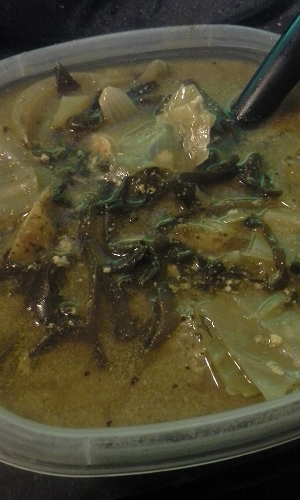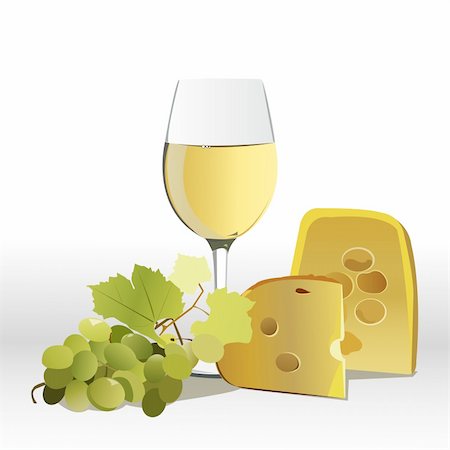So in the interest of having well rounded cultures for the World of Entorais I have established local culinary delights for several of the detailed cultures. One such dish is:
Suupi – Iskander
Suupi is a milk-broth chowder with pot roots, cubed whole fish, scallops, and fermented kelp. This particular dish is only served in the Isk Archipelago, or on-board Iskandean ships, and alongside a hearty dark grained bread with a mug of the dry pear-cider Apetil, it is a signature dish of Iskander. Different cooks may argue as to which fish are better than others, but generally any bony white-meat fish is used.
Sharing this in response to a worldbuilding challenge on Reddit generated some excellent Q & A:
Q: What kind of milk is commonly used?
A: Teica milk is most common, a rich creamy milk. Cebuc milk tends to pick up flavours from the plants eaten by the animals, and given their propensity to eat nearly anything, can sometimes be off-tasting. Rabbuc have few species hardy enough for the wet climate of the islands, but there are a few, and when available their milk will be more often used for cheese making.
Q: Is fermented kelp a common food in the Isk Archipelago?
A: It is a regional preference (something like sauerkraut), the wetter climate proves to be challenging to making dried seaweed. Fermenting is different from pickling mind you.
Q: With the suupi being mostly seafood products, why isn’t it also cooked in other coastal regions close to Iskander?
A: Probably the fermented kelp. Most coastal areas around Entorais will have sea food chowders amongst their dishes. Few foreigners like the particular melange of tastes that define suupi.
Q: Have Iskandeans (or foreigners) come up with some cool modified foreign recipes with fermented kelp added in?
A: There is one fellow, a Waejiran immigrant, and proprietor of a tavern who has tried to blend Iskandean tastes with recipes from his homeland. Curries and other spicy dishes adapted to locally available seafood including the fermented kelp; it is a work in progress still.
Q: Are the spices required for those foods actually grown in the Isk Archipelago?
A: Aethios imports most of the spices he requires from his former homeland of Waejir. Efforts to grow them in a local garden so far have failed completely, or produced an inferior product.
So in the interest of getting a deeper appreciation for my imaginary people and their strange ways I decided to try making suupi on my own.
It was simple enough to start with a chowder based on my father’s old kalamojakka recipe, which I still know how to make, and adapt a few other ingredients to simulate the texture and flavour of the fermented kelp:
- 6 large potatoes, cubed
- 4 onions, chopped
- 2 lb of fish, cubed – traditional recipes toss in the head, and fins, skin and all – (I used a flank of salmon with the skin on)
- 1/2 lb of scallops – I skipped these altogether as I didn’t feel like going to buy some just for the experiment in case I had to dump it out.
- 2 cups of green cabbage, chopped
- 2 cups fermented kelp – an ingredient I didn’t have on hand so I faked the texture and flavour using (1 cup of dried black fungus – sourced from a local Asian grocer, comes cut in thin ribbons
1 package of dried seaweed, chopped
2 cups of fresh brewed coffee ) - 1 tsp allspice
- 1 tsp coarse sea salt
- 1 tsp basil
- 1 tsp curry powder
- Fill pot to cover ingredient with equal parts fresh milk and water
- boil until potatoes are soft throughout and skin falls of the fish.
Like Aethios himself, I set the pot to boil and then simmer to mix the flavours. When finished I ladled myself a hearty bowl full and sat down to eat.

8/10 will eat again, especially as I have about six quarts of the stuff to get through since I can’t seem to cook one-person meals. Not for the light of stomach or those with delicate palettes. I can say it was definitely close to what I expected. The sour seaweed flavour is noticeable enough to be off-putting to anyone not used to such flavours. The slightly chewy slippery texture from the black fungus certainly meets my imagined texture for the kelp it simulates.
I can certainly commiserate with my fictional tavern keeper, and his efforts to improve upon such a unique cultural dish to no avail.

